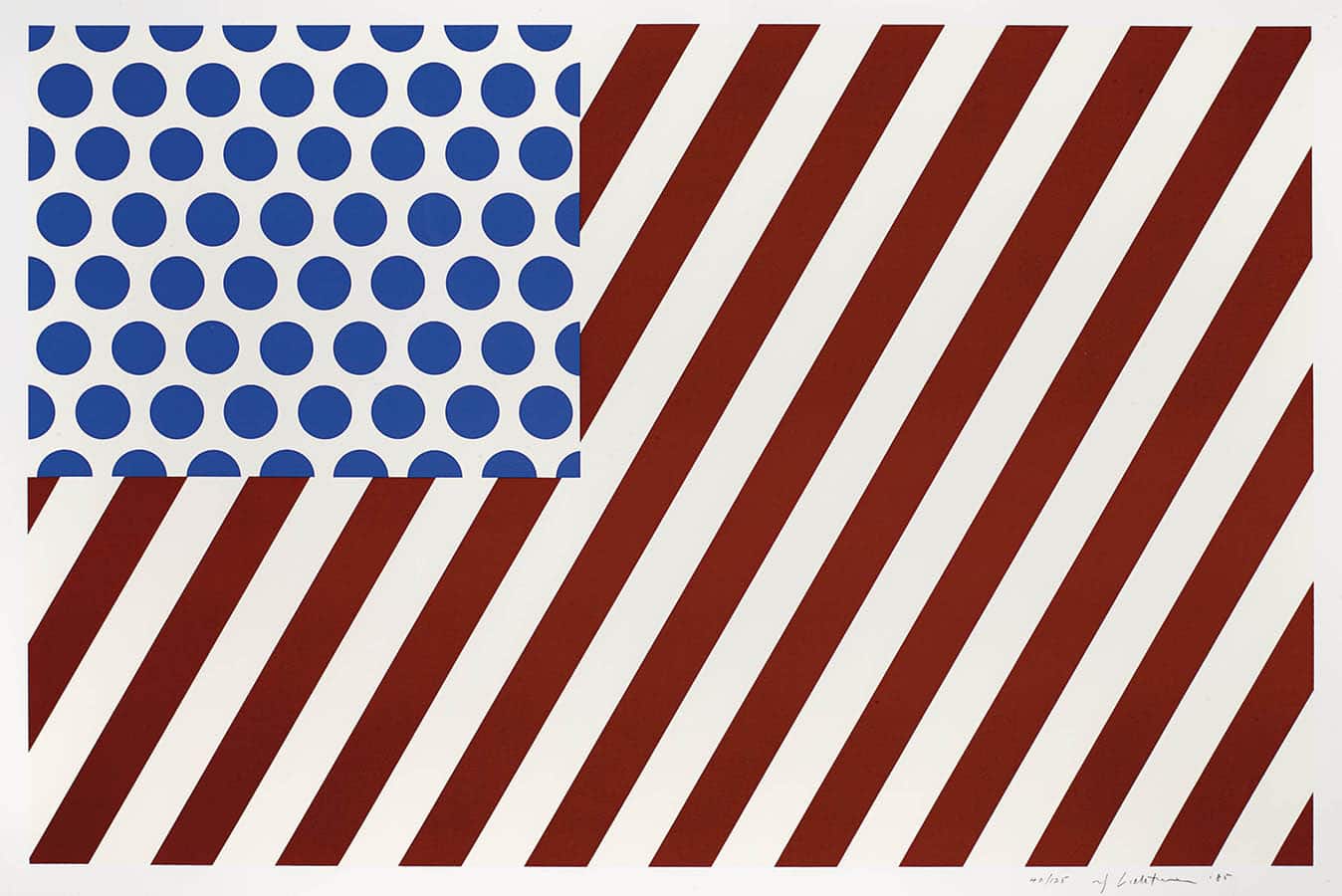Roy Lichtenstein
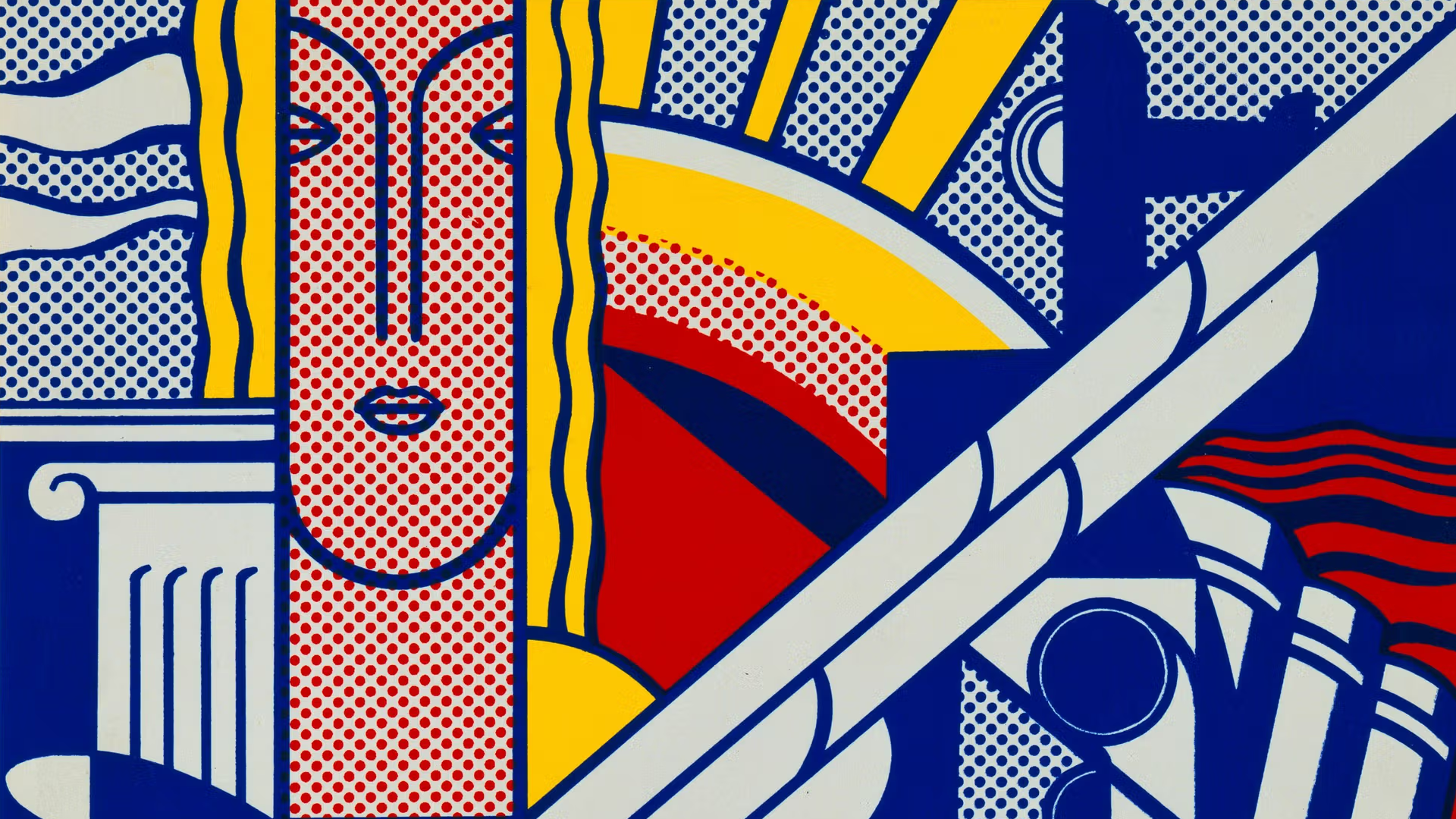
Roy Lichtenstein was born in New York City in 1923 and spent his life blurring the lines between commercial culture and fine art. Educated at Ohio State University and deeply influenced by jazz, comics, and the visual noise of American advertising, Lichtenstein emerged as a key figure in the Pop Art movement of the 1960s.
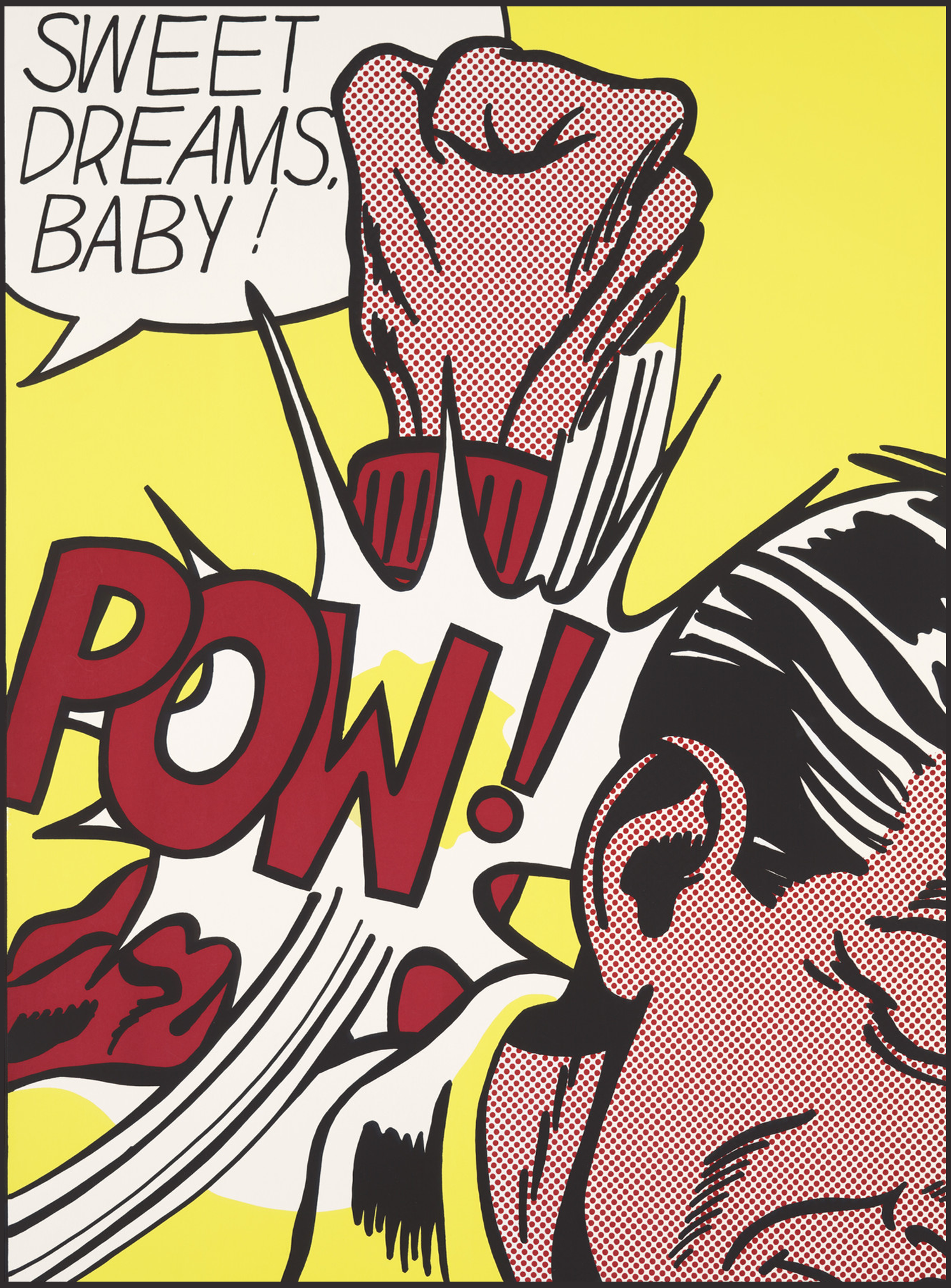
What set Lichtenstein apart wasn’t just his bold appropriation of comic book imagery—it was the way he elevated that imagery into an academic dialogue about art history, authorship, and originality. He manually reproduced comic scenes with precision, exaggerating their Ben-Day dots and flattening their forms to highlight their artificiality.
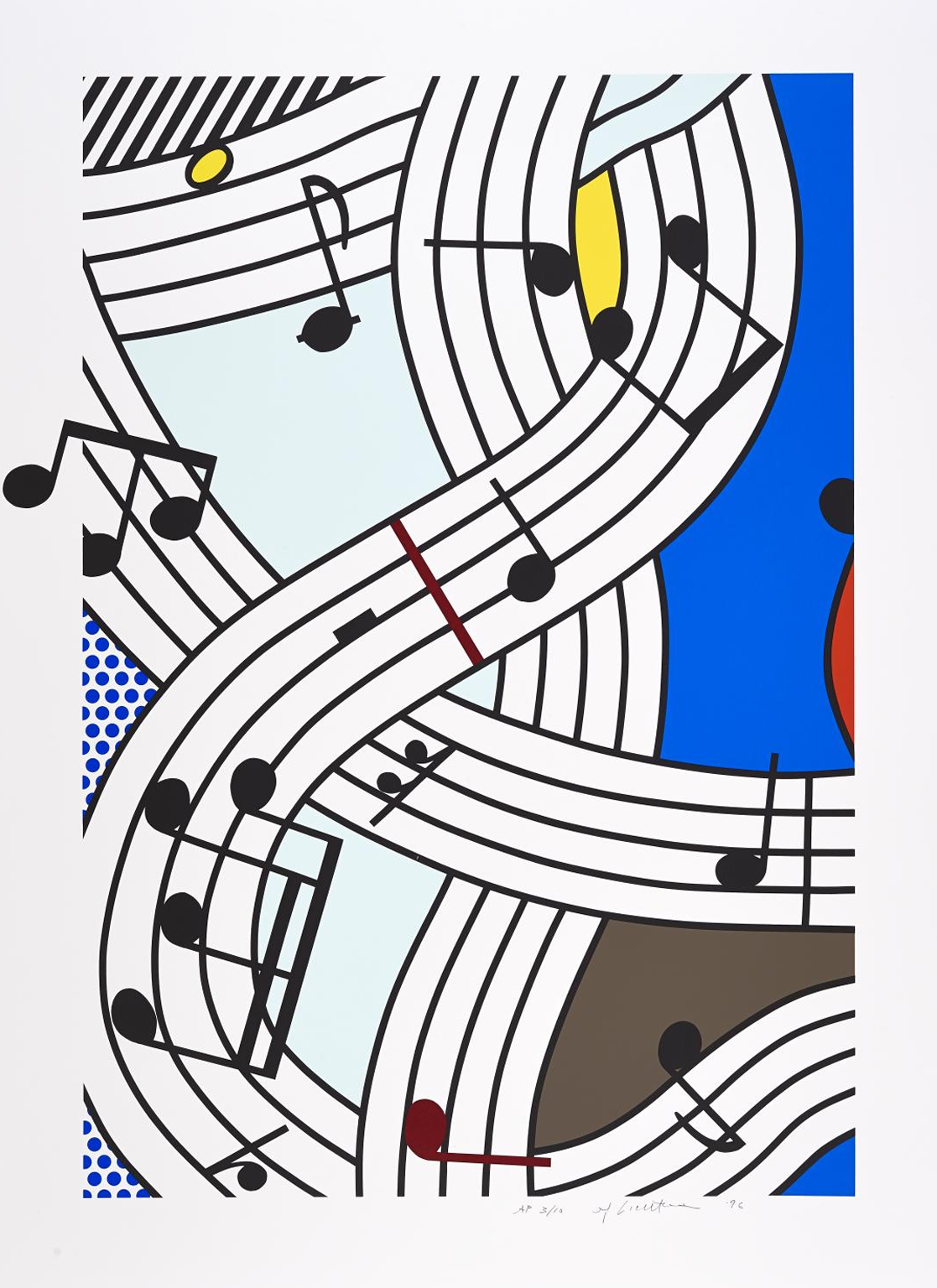
As his career evolved, Lichtenstein extended his gaze to classical art, mimicking and mocking revered painters like Monet, Picasso, Matisse, and Mondrian in his iconic pop idiom. He reproduced their masterpieces using mechanical techniques, questioning the sanctity of the brushstroke and the idea of the unique, handmade work of art.

Through parodies like his Brushstroke series and remixed classics like Bedroom at Arles, Lichtenstein's work became an ongoing conversation about what art is—and what it isn’t. He didn’t just paint pictures. He painted ideas about pictures, and in doing so, became Pop Art’s most philosophical provocateur.
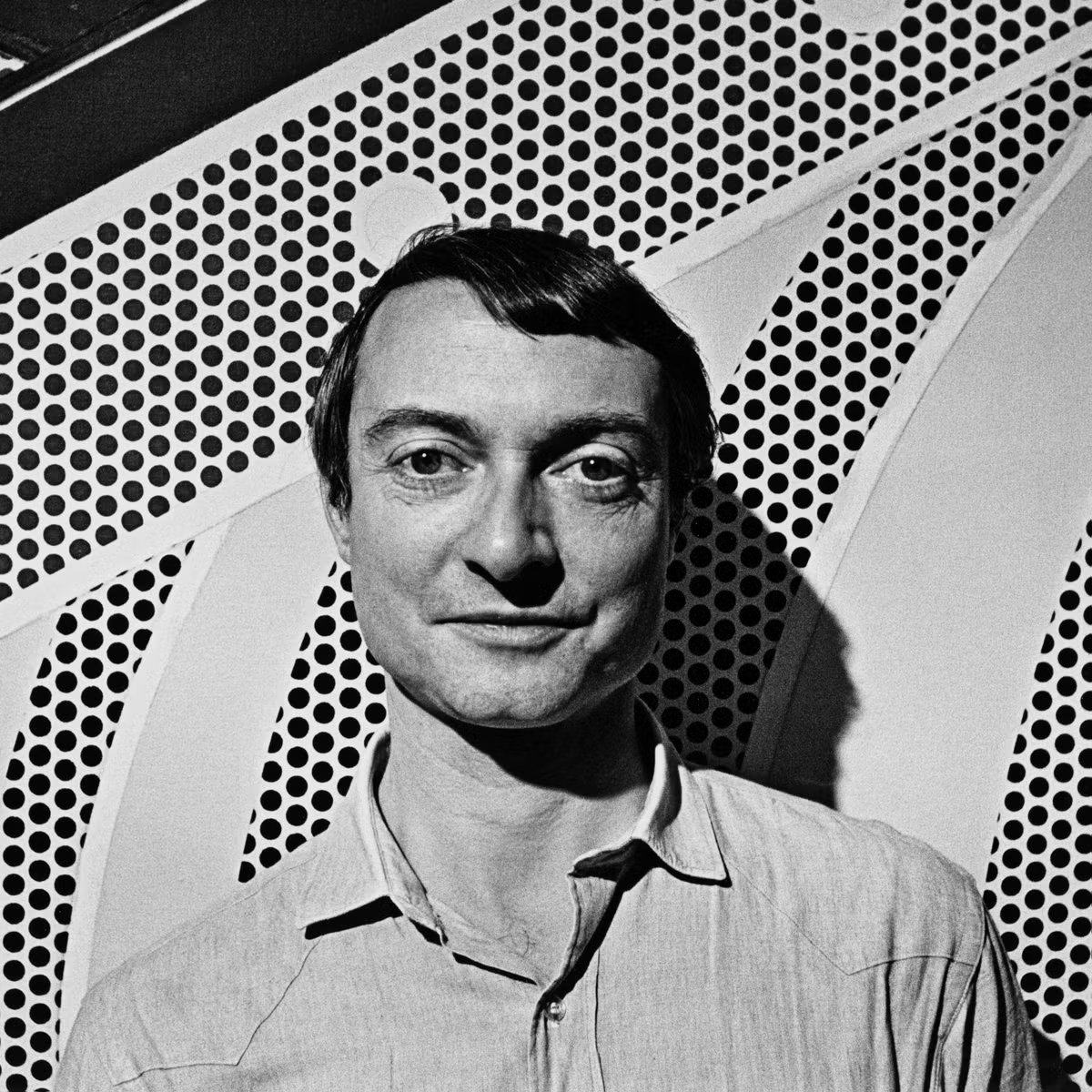
?
Why did Lichtenstein choose comic books as his early source material?
How did his use of Ben-Day dots change the way we view commercial imagery?
In what ways did Lichtenstein critique the art world while participating in it?
How does his Brushstroke series comment on Abstract Expressionism?
What does Lichtenstein’s work say about originality and authorship in art?
How did his reimaginings of Monet or Picasso redefine the line between homage and parody?
Dig Deeper
A documentary overview of Lichtenstein's career, influences, and intellectual approach to Pop Art.
Discover more

Yayoi Kusama
Yayoi Kusama teaches us that even the most private pain can bloom into something cosmic. Her dots don’t just decorate, they dissolve boundaries, inviting us to lose ourselves and find something bigger: connection, healing, infinity. In her world, vulnerability isn’t weakness, it’s the gateway to wonder.

Andy Warhol
Warhol showed us that art doesn’t have to be rarefied — it can be mass-produced, branded, and broadcast. He turned the ordinary into icons and held up a silkscreened lens to our obsessions, proving that culture itself could be both canvas and critique.

Yoshitomo Nara
Yoshitomo Nara dares us to peer beneath the surface of innocence and confront the contradictions within ourselves. His art doesn’t shout, it stares. It questions. It listens. And in doing so, it gives voice to the misunderstood, the lonely, and the quietly courageous.
Further Reading
Stay curious!
